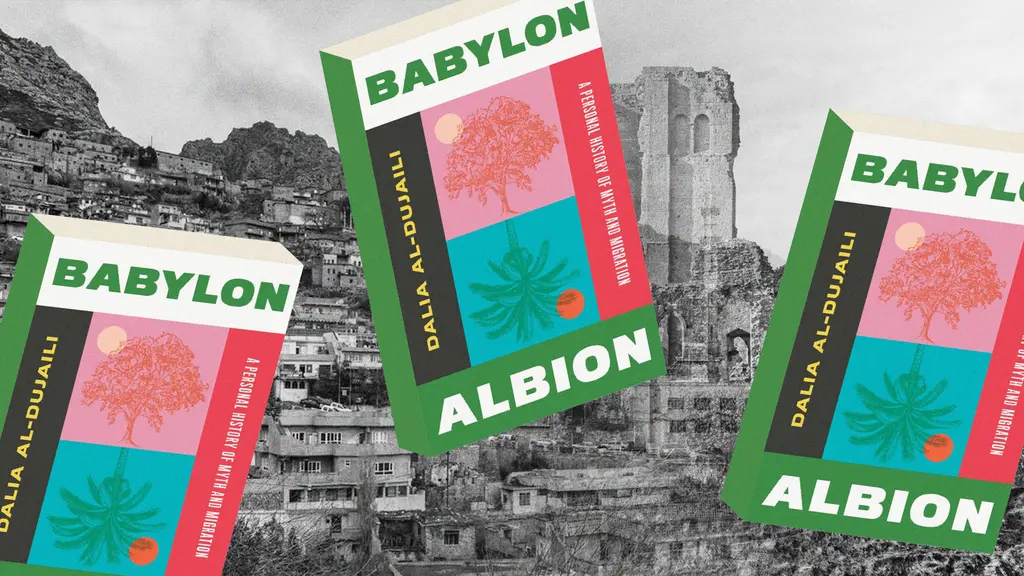The man working to save rhinos from extinction
- Text by Miss Rosen
- Photography by James Mwenda / Ol Pejeta Conservancy

When Sudan, the last male northern white rhinoceros, died last year at the age of 45, the fate of the sub-species inched one step closer towards extinction. Just 100 years ago, half a million roamed freely across Africa and Asia, but their vicious slaughter by poachers – who sell their horns for a reported $110,000 per kilogram on the black market – has nearly erased them from the earth.
As of today, only two northern white rhinos remain: Sudan’s daughter Najin, 30, and his granddaughter Fatu, 19, both of whom are under the care of James Mwenda, a conservationist at Kenya’s Ol Pejeta Conservancy.
“It takes an emotional toll and it’s a very heavy responsibility,” says Mwenda, who has been caring for the family of three since 2013. “I feel so passionately because these animals cannot talk for themselves. I developed a special bond with them over time. I appreciate the majestic, loving animals they are. They are the last of their kind. I need to be their voice and speak for them.”
Mwenda wanted to be a conservationist from a very young age. Growing up near Mount Kenya, he remembers conflicts between the people and the elephants: “They would come, raid our farm, and eat everything. I wanted to understand them so I could be in between the community and the elephants.”

As caretaker for Najin and Fatu, Mwenda starts his day in the early hours of the morning making sure their needs are met, their environment is clean, and they are safe under the protection of the 24-hour armed guard. “They cannot go back into the wild so we have to complement that by showing them more affection,” Mwenda says.
“Animals shown affection really give it back and you take it in. They react to us, they rely on us, and trust us – but on the other hand, I feel like they also know they are quite at the edge. I spend a lot of time looking at them wondering and I think there is a way they feel that they are the last. This extinction seems to dawn on them but that affection and attention helps them to keep going.”
Mwenda speaks fondly of Najin and Fatu as he describes their characters and temperaments. “Najin naturally assumed a motherly role. She is quiet and cool. Unless something spooks or aggravates her, you will not see her reacting in an abnormal way,” he says.
“Fatu, on the other hand, I call her my girlfriend on social media. We have a special bond. She is a bit crazy. She’s also approachable but not very predictable. There is a southern white rhinoceros that plays with Fatu and she learned a bit of naughtiness from him because he is wild.”
For Mwenda, complaining is not the answer; we need to do something before it is too late. “I use the fate of the northern white rhinos to inspire,” he says. “We as a people can bring solutions. We are here, yes, but we can learn a lesson out of this and bring hope to so many of the other species around us that are on the verge of extinction.”


Learn more about James Mwenda’s work, and how you can help, on the Ol Pejeta Conservancy website.
Follow Miss Rosen on Twitter.
Enjoyed this article? Like Huck on Facebook or follow us on Twitter.
You might like

A reading of the names of children killed in Gaza lasts over 18 hours
Choose Love — The vigil was held outside of the UK’s Houses of Parliament, with the likes of Steve Coogan, Chris O’Dowd, Nadhia Sawalha and Misan Harriman taking part.
Written by: Isaac Muk

Youth violence’s rise is deeply concerning, but mass hysteria doesn’t help
Safe — On Knife Crime Awareness Week, writer, podcaster and youth worker Ciaran Thapar reflects on the presence of violent content online, growing awareness about the need for action, and the two decades since Saul Dibb’s Bullet Boy.
Written by: Ciaran Thapar

The UK is now second-worst country for LGBTQ+ rights in western Europe
Rainbow regression — It’s according to new rankings in the 2025 Rainbow Europe Map and Index, which saw the country plummet to 45th out of 49 surveyed nations for laws relating to the recognition of gender identity.
Written by: Ella Glossop

Dalia Al-Dujaili: “When you’re placeless, nature can fill the void”
Babylon, Albion — As her new book publishes, the British-Iraqi author speaks about connecting with the land as a second-generation migrant, plants as symbols of resistance, and being proud of her parents.
Written by: Zahra Onsori

Why Katy Perry’s space flight was one giant flop for mankind
Galactic girlbossing — In a widely-panned, 11-minute trip to the edge of the earth’s atmosphere, the ‘Women’s World’ singer joined an all-female space crew in an expensive vanity advert for Jeff Bezos’ Blue Origin. Newsletter columnist Emma Garland explains its apocalypse indicating signs.
Written by: Emma Garland

We are all Mia Khalifa
How humour, therapy and community help Huck's latest cover star control her narrative.
Written by: Alya Mooro

